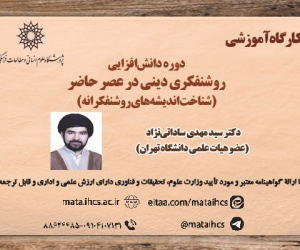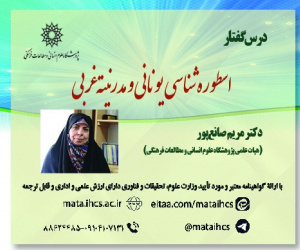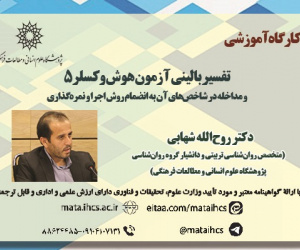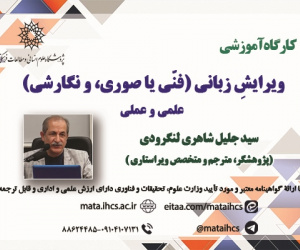پیش بینی رضایت از زندگی براساس خودمهارگری و تاب آوری (مقاله پژوهشی حوزه)
درجه علمی: علمی-پژوهشی (حوزوی)
آرشیو
چکیده
پژوهش حاضر با هدف تعیین نقش خودمهارگری و تاب آوری در پیش بینی رضایت از زندگی انجام شد. این مطالعه به روش توصیفی و از نوع همبستگی طراحی گردید و جامعه آماری این پژوهش را کلیه دانشجویان دانشگاه تهران تشکیل دادند. نمونه ای شامل ۳۸۱ دانشجو (۱۰۹ مرد و ۲۷۲ زن) به روش نمونه گیری در دسترس انتخاب شدند. تجزیه و تحلیل داده ها با روش های ضریب همبستگی گشتاوری پیرسون و رگرسیون خطی انجام پذیرفت. داده ها با استفاده از پرسشنامه های استاندارد رضایت از زندگی، مقیاس تاب آوری و مقیاس خودمهارگری جمع آوری شد. نتایج یافته های تحقیق، همبستگی مثبت و معناداری بین هر دو متغیر پیش بین (خودمهارگری و تاب آوری) با رضایت از زندگی نشان داد. تحلیل رگرسیون نیز نشان داد که این دو متغیر در مجموع ۳۱ درصد از واریانس رضایت از زندگی را تبیین می کنند. این یافته ها بیانگر آن است که تقویت خودمهارگری و تاب آوری می تواند به عنوان راهبردی مؤثر در افزایش رضایت از زندگی مورد توجه قرار گیرد.The Prediction of Life-Satisfaction based on Self-Control and Resilience
This research was conducted with the aim of investigating the role of self-control and resilience in predicting life satisfaction. The research method of the study is descriptive of correlational types.The population included all the students of Tehran University By convenient sampling method. 381 students (109 men and 272 women) were selected.Data analysis was done through Pearson's moment correlation coefficient and linear regression. Data collection tools include Life satisfaction scale، scale of resilience and scale of self-control. research findings showed that there is a positive and significant correlation between the variables of life satisfaction and self-control and resilience, and the two variables of resilience and self-control explain 31% of the variance of the variable of life satisfaction. This finding is in contrary to the stereotype that maintains self-restraint reduces the possibility of enjoying life's pleasures and impairs life satisfaction.







